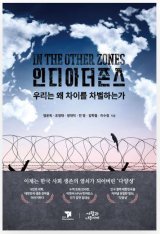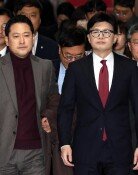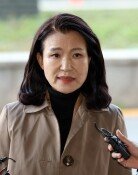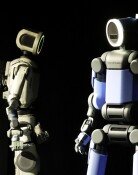Embracing the richness of Korean diversity
Embracing the richness of Korean diversity
Posted December. 09, 2023 09:29,
Updated December. 09, 2023 09:29

How many species can the human race on Earth be categorized into? The answer is one, as humans - around 8 billion in total - are collectively classified as a single species called Homo sapiens. Paleoanthropologists widely believe that Homo sapiens, the current human species that emerged 15,000 to 20,000 years ago, is a combination of Homo migrans (meaning moving people) and Homo hybridus (meaning mix-breed people). This amalgamation signifies that the human race, as we know it today, is the outcome of constant movement in the other zones and extensive breeding diversity.
The book features compiled lectures and panel discussions from a conference held near the end of 2022. Six experts, including Research Professor Yeom Un-ok from Kyunghee University Global History and Culture Research Institute, Professor Cho Yeong-tae from Seoul National University Graduate School of Public Health, Chair Professor Jang Dae-ik from Gachon Startup College, Professor Min Young from Korea University School of Media and Communication, Professor Kim Hak-cheol from University College of Yonsei, and Professor Lee Su-jeong from Kyonggi University Crime and Correction Psychology Department, contributed to the project.
The publication goes beyond the common notion of 'putting oneself in someone else's shoes' to explore diversity through the lenses of sociology, demography, and criminal psychology, among other disciplines. Highlighting that three out of every 100 people aged 19 or under in Korea are born in multicultural families, and about 7 million Koreans - 14% of the total population - reside in 180 countries, the book argues that Korea is essentially a nation of emigration, emphasizing the importance of embracing diversity and solidarity. Additionally, the book underscores Korea's remarkably low total fertility rate of 0.8 and asserts that national survival hinges on collaboration with a diverse population, i.e., immigrants.
The latter half of the book delves into an intense panel discussion, addressing the efforts required for Korea to overcome its lack of diversity in population, society, and culture. The panel contends that the smartphone-savvy generation born after the mid-1990s should take the lead in promoting diversity, as opposed to the older generation, which may still feel foreign to other cultures. The book proposes institutional changes, such as introducing a new 'diversity' course in the regular curriculum tailored to a generation characterized by the unprecedented contemporary temporality of civilization based on the platform.
asap@donga.com






![[단독]“권성동, ‘王’자 노리개 등 장식 상자 2개로 1억 받았다”](https://dimg.donga.com/c/138/175/90/1/wps/NEWS/IMAGE/2026/01/22/133211754.1.jpg)
